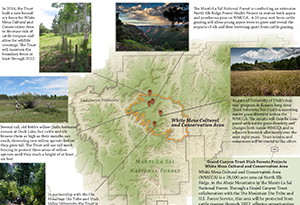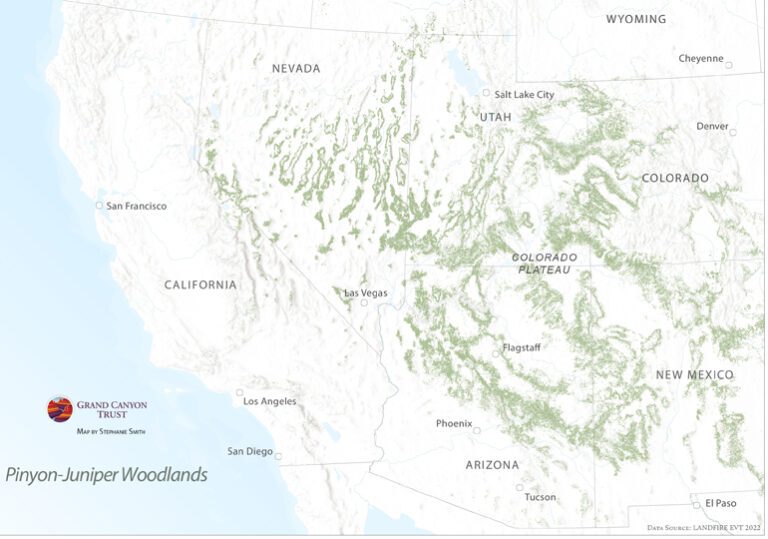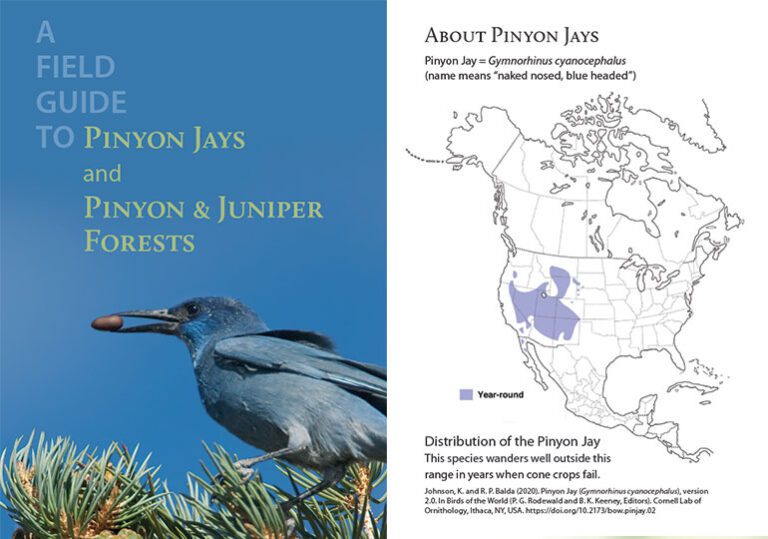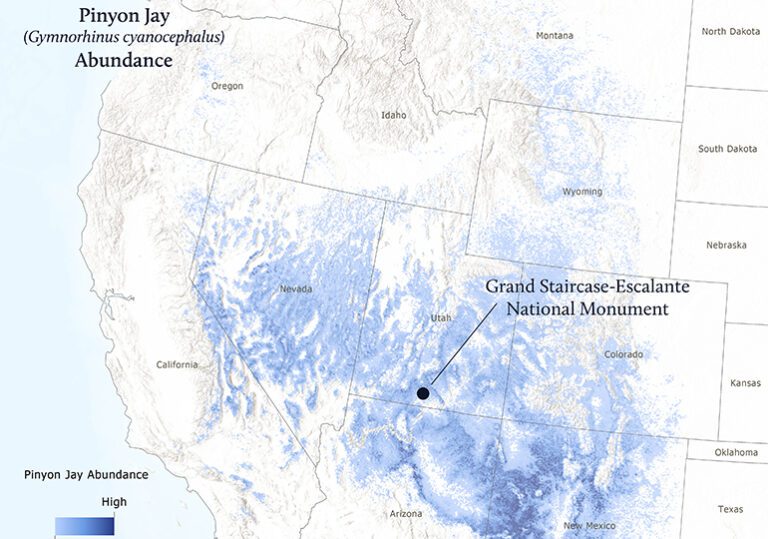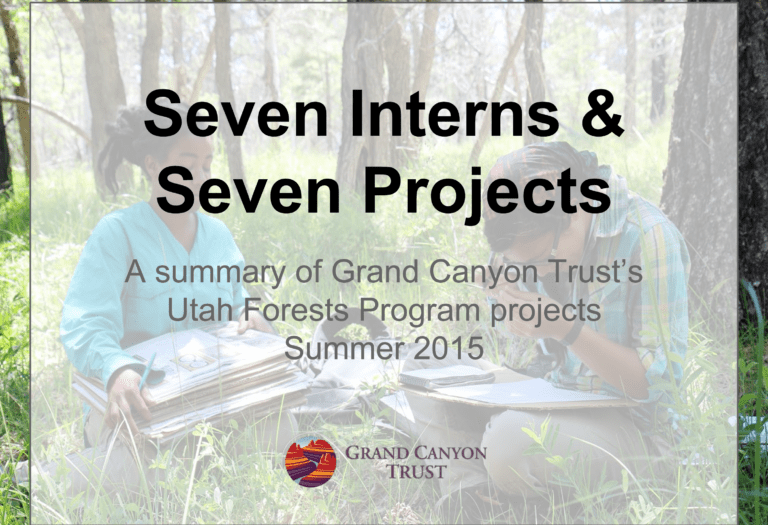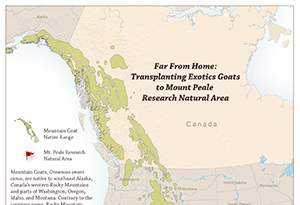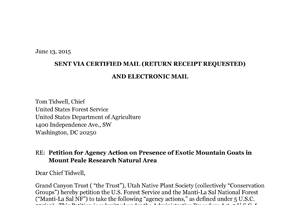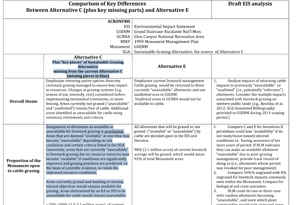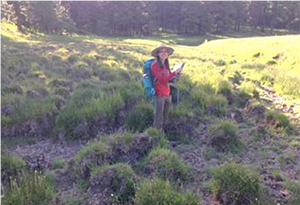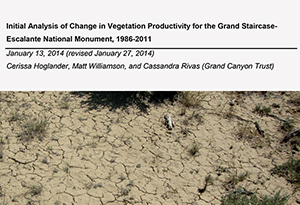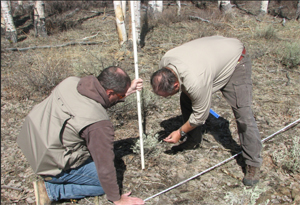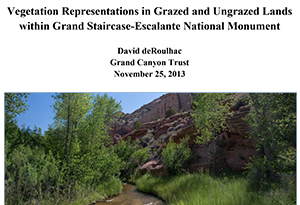Resource Issue: Forest restoration
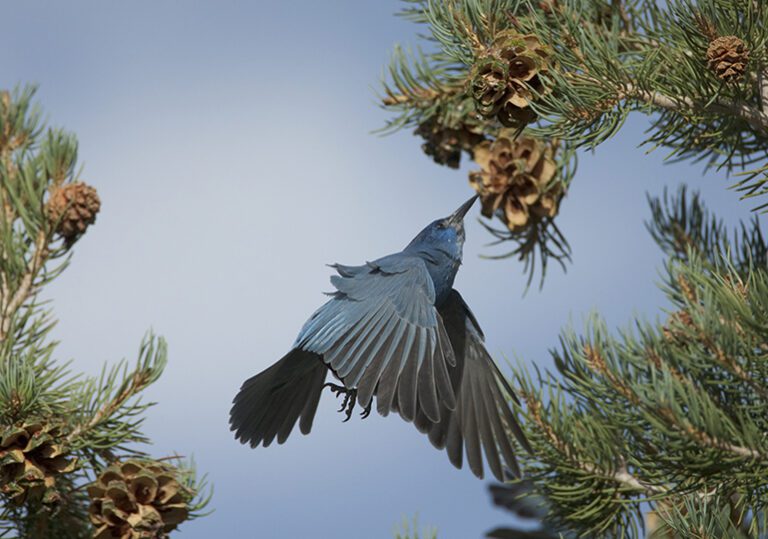
Grab your binoculars and help us spot pinyon jays! Pinyon jays — blue birds about the size of robins — live in pinyon and juniper forests across the Colorado Plateau. The birds and the trees are mutually dependent on one another: pinyon pines provide pinyon jays with food, and pinyon jays help pinyon pines spread […]
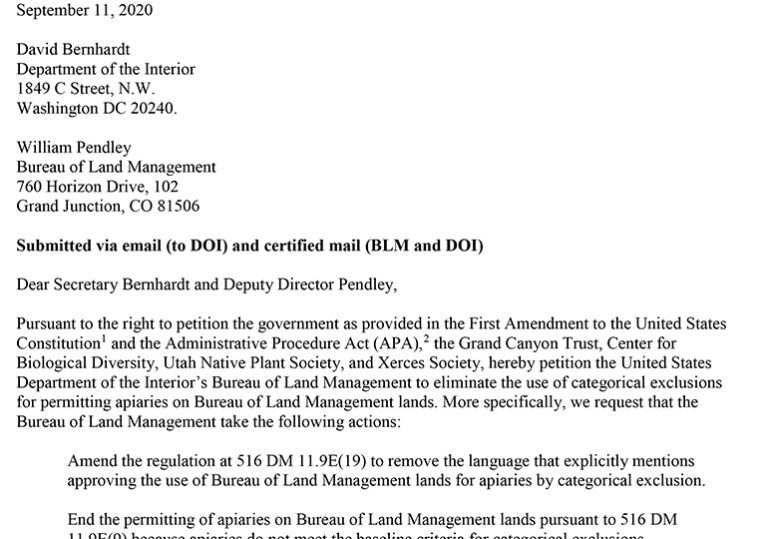
The Grand Canyon Trust, along with Center for Biological Diversity, Utah Native Plant Society, and Xerces Society petitioned the Department of the Interior’s Bureau of Land Management to eliminate the use of categorical exclusions for permitting honey bee apiaries on Bureau of Land Management (BLM) lands. Read the full petition › Download the letter ›

The Grand Canyon Trust, alongside the Center for Biological Diversity, Utah Native Plant Society, and Xerces Society petitioned the United States Department of Agriculture’s Forest Service to eliminate the use of categorical exclusions for permitting apiaries on national forest lands. Read the press release › Download the full PDF of the petition ›
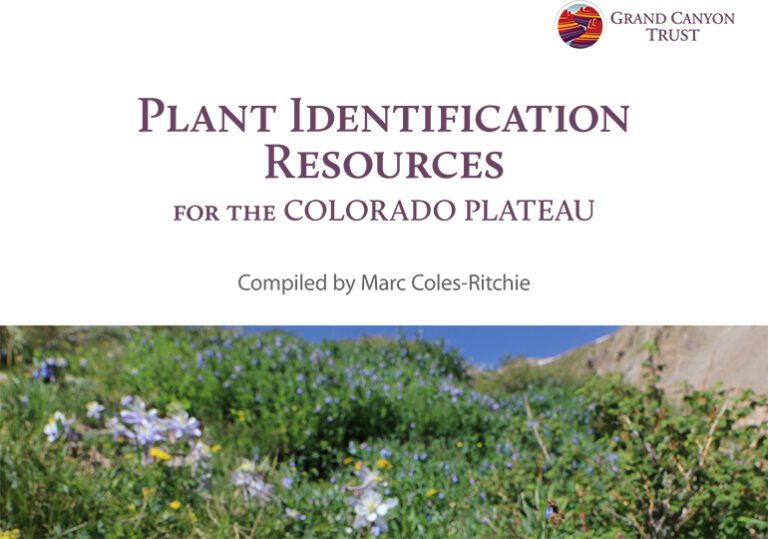
Curious about the flower you found on your hike this weekend? Download the Plant Identification Resources guide › Download the complete PDF ›
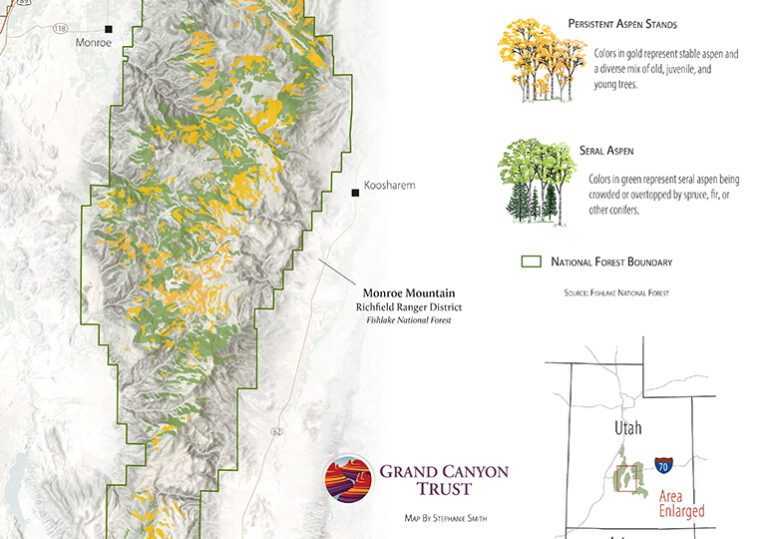
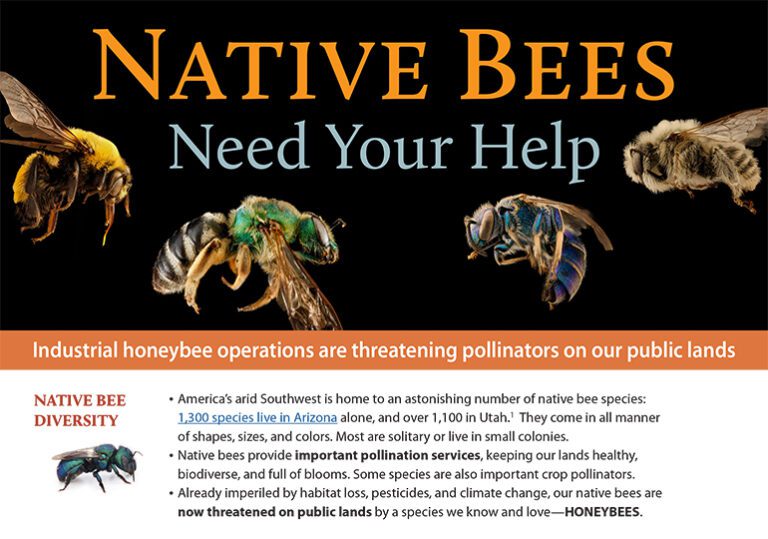
Industrial honeybee operations are threatening native bees and pollinators on our public lands. Download the complete fact sheet › Download the 2-page fact sheet ›
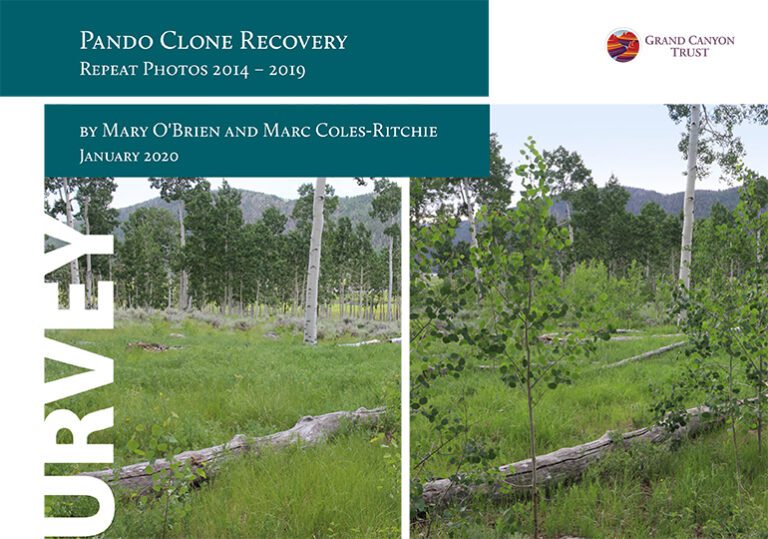
This report presents repeat photos that document the dramatic growth and recovery of aspen in the Pando Clone. Read the full report › Download the report ›
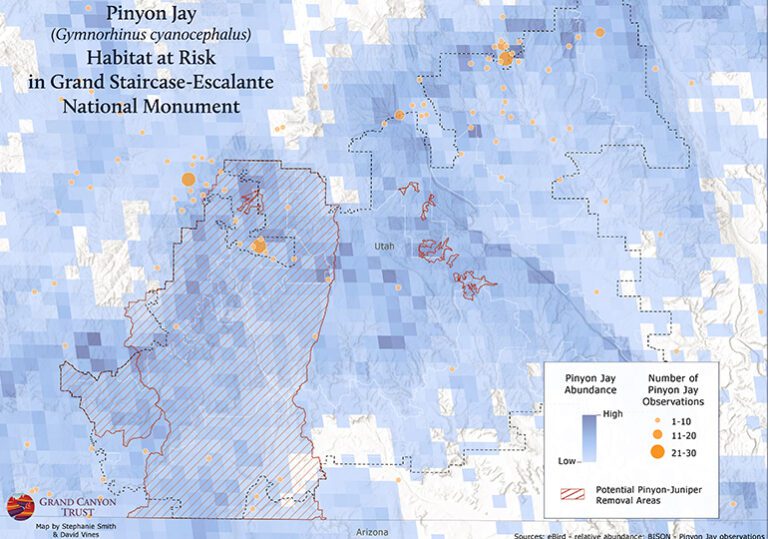
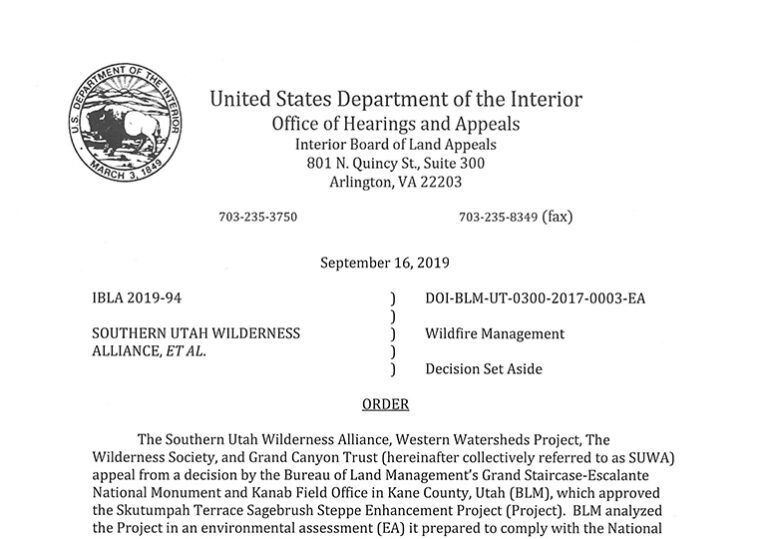
The Interior Board of Land Appeals overturned the Bureau of Land Management’s proposed Skutumpah Terrace vegetation project, citing that the agency failed to consider the cumulative effects of the project on migratory birds. Find out what was wrong with the project and why it harmed Grand Staircase-Escalante National Monument › Download a pdf of the decision ›
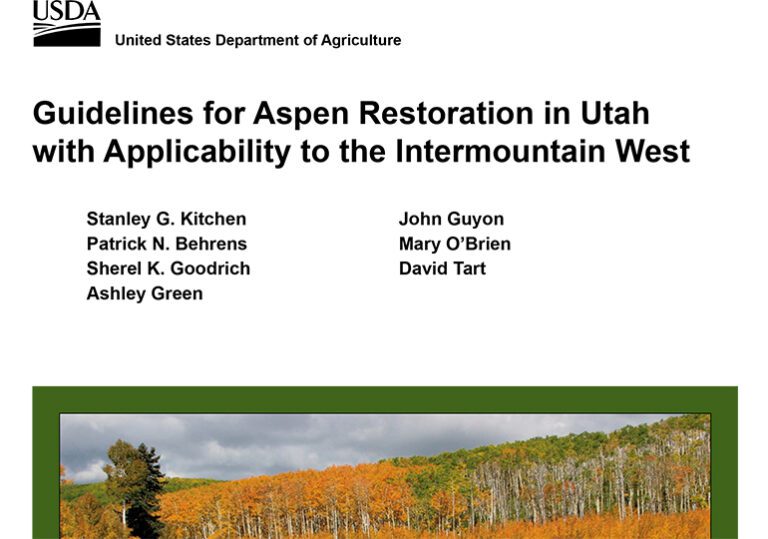
These guidelines for aspen restoration in Utah provide a road map for land managers working to improve the health of our national forests. Download a PDF of the restoration guidelines ›
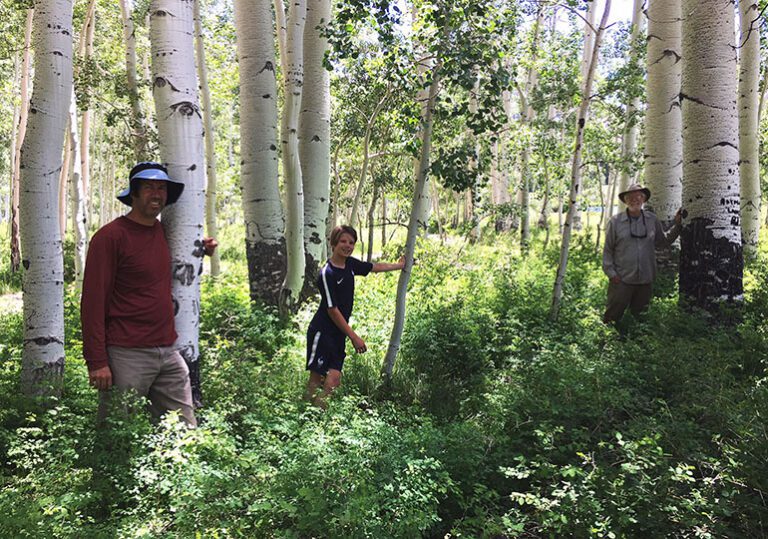
Read the proposed needs for change and desired conditions for the Manti-La Sal National Forest Plan submitted by the Grand Canyon Trust and partners on April 20, 2018. Download the PDF ›
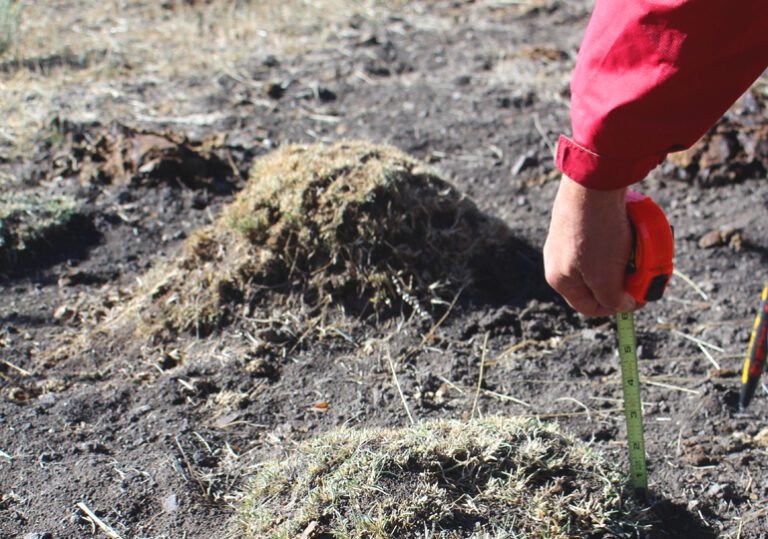
Learn about best practices when photographing livestock damage in the field. Download the guide sheet ›
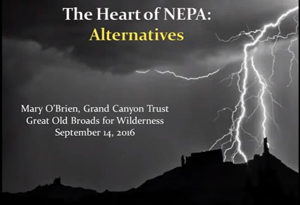
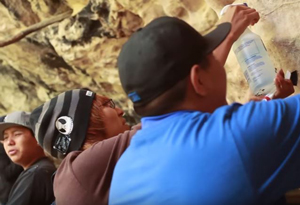

This analysis paper details the change in vegetation productivity for the Dixie, Fishlake, and Manti-La Sa national forests in Utah from 1986 to 2011. Download the PDF› Download the PDF ›
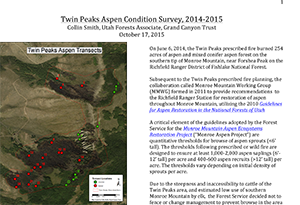
This survey of Twin Peaks aspen condition was conducted after a prescribed burn on June 6, 2014. Download the survey ›
